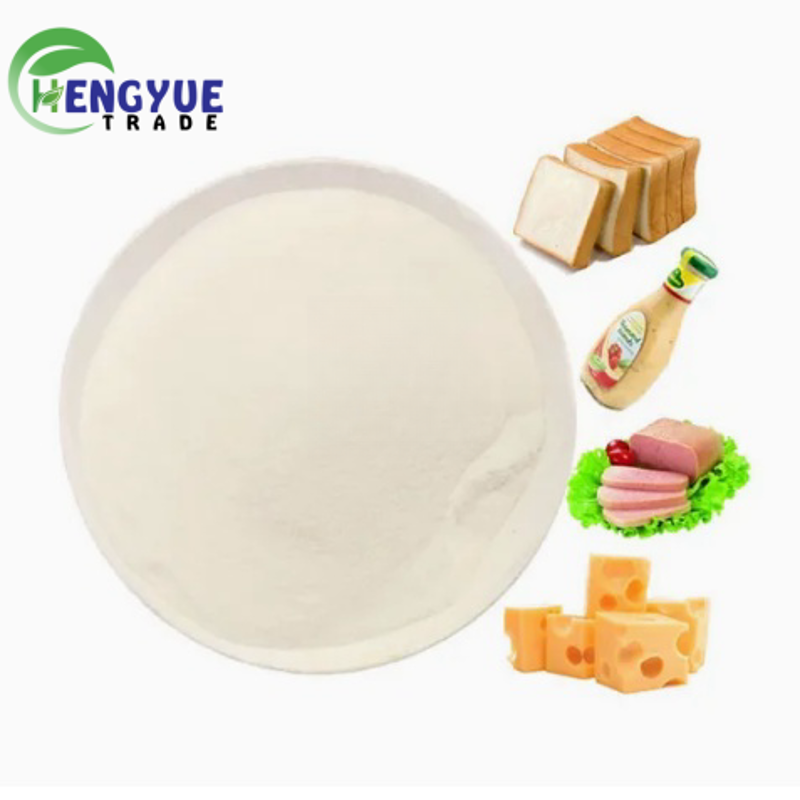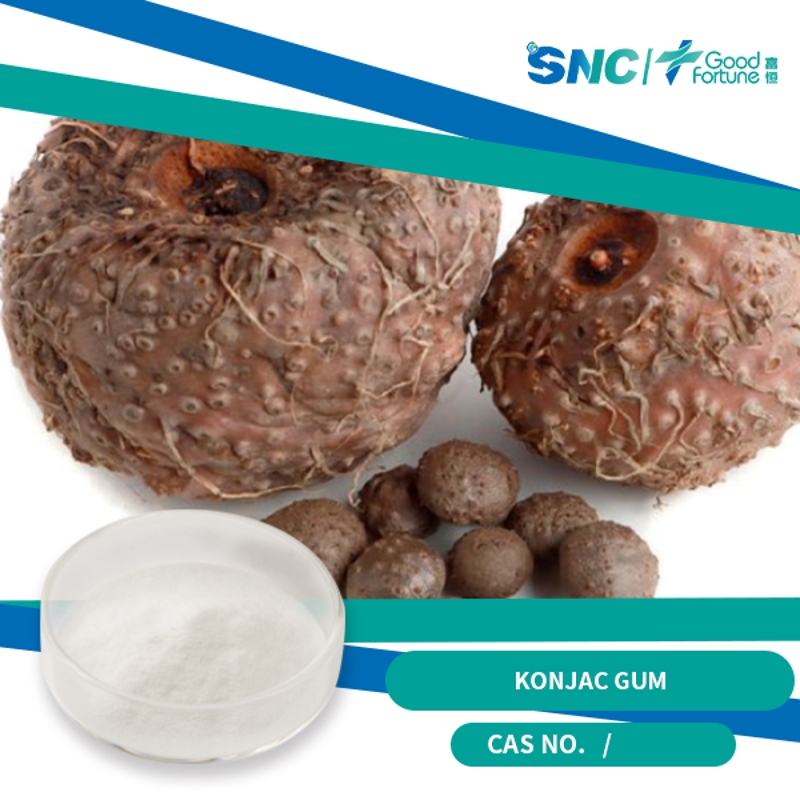-
Categories
-
Pharmaceutical Intermediates
-
Active Pharmaceutical Ingredients
-
Food Additives
- Industrial Coatings
- Agrochemicals
- Dyes and Pigments
- Surfactant
- Flavors and Fragrances
- Chemical Reagents
- Catalyst and Auxiliary
- Natural Products
- Inorganic Chemistry
-
Organic Chemistry
-
Biochemical Engineering
- Analytical Chemistry
-
Cosmetic Ingredient
- Water Treatment Chemical
-
Pharmaceutical Intermediates
Promotion
ECHEMI Mall
Wholesale
Weekly Price
Exhibition
News
-
Trade Service
original title: girls must know the skin care ingredients table, in order not to buy a bunch of three no products, you have to learn to look at ingredients first!do you read the ingredients list carefully before choosing skincare products? What exactly should skin care products choose? Which skin care products are safe and reliable? In order not to be fooled or follow the wind to listen to others recommend to buy a bunch of three no products, you must first learn to look at the ingredients in the skin care table!read the ingredients table 1, skin care products 4 major componentsskin care field, whether it is cream, lotion, make-up water or mask, the overall composition can be divided into four: the main ingredients, moisturizers, active ingredients, preservatives.2, the higher the ranking content the order of all the ingredients, according to the content, concentration from high to low, in descending order. Ingredients with a content of less than 1%, can be arranged at random in the last content of more than or equal to 1%. If you look at the skincare ingredients list on your hand, water comes first.3, ranking order is not related to importance such as water and glycerin are often in the front, but they mainly play the role of solvent, many active ingredients in the composition table ranking in the water, but play a major role.4, Ingredient Naming Rulesall ingredients use the standard name - INCI (International Nomenclature Cosmetic Ingredient, also known as International Cosmetic Ingredients), if there is no INCI name, only use the common name.ingredients cannot be used with modifiers. For example: XX extract, if written as "natural XX extract" or "French XX extract", "organic XX extract" and so on, is not allowed.all products sold in China must use Chinese Simplified labeled ingredient scants.5, flavor is a mixturefragrance in the fragrance of spices, auxiliary ingredients, carriers can be used as an ingredient, with "flavor" to express.6, no matter what "water" it is water a lot of skin care products in order to make their products look tall a little bit will say what deep sea water, mineral water, in fact, the essence is water.7, alcohol is not so terrible many people are very resistant to the composition of "ethanol", in fact, alcohol is not so heinous. Alcohol is a good solvent. Some water-insoluble ingredients are fully dissolved by alcohol, so long as the solubility is suitable will not cause skin damage. Inflammation can also be reduced to enhance the penetration effect of maintenance products.common skin care ingredients:(1) moisturizing:
hyaluronic acid, glycerin, butyl glycol, ceramide, avocado fruit trees, mineral oil, urine toxins and mineral elements.(2) Whitening:
vitamin C and its derivatives, niacinamide, ricin, methane, light fruit licorice extract and bear glycoside. (3) Anti-Aging:
retinol and its derivatives, niacinamide, peptides, amino acid peptides, bose, ceramide, soy isoflavones, and phenols. (4) acne:
hydroxyacids, salicylic acid, salicylic acid, peroxyplyceyl, azaleas, glucose and nicotinamide, etc. (5) soothing sedatives:
snow glyphosate, ceramide, drug-free alcohol, lecithin, avocado oil, chamomile extract, aloe vera juice, etc. : moisture and nutrients in skin care products, it is easier to breed microorganisms, and consumers may contaminate skin care products during use. The role of preservatives is mainly to inhibit the growth of microorganisms, extend the shelf life of products, cosmetics contain preservatives or it is necessary! phenyliuxethanol, potassium sorbate, hydroxyl, polyols,
are common preservatives, usually appear edited alone or in combination to form an anti-corrosion system. The concentration of these preservatives is mandatory and generally cannot exceed 1%. If some ingredients are arranged behind preservatives, the addition will definitely be less than 1%. thickener:
if the ingredients appear in the jaundice, Arabic glue and other names for x-glue ingredients, capome, hydroxymethyl cellulose, hydroxyethyl cellulose and other names have x cellulose components, polyethylene pyrequinone, polypropylene, etc., or the name has the name with x-polymer, x copolymer eight achievements are thickeners. Most products add no more than 1% of the total thickener. But not absolutely, some gels, gels, less sunscreen thickeners will add more than 1%. :
fragrance is added very low, the general amount of addition will be less than 1%. But consumers are now more resistant to flavor, merchants usually put him in the last, not in front. according to the 1% split line, can help determine the amount of active ingredients added, to help judge the effectiveness of a product, not to be confused by advertising. But let's be particularly clear: it doesn't work if you add less than 1 percent. For example, the aforementioned retinol (A alcohol), adding 0.05643%, is already the highest amount of national guidance. The well-known whitening ingredient symethylene 377, adding 0.5% is already a high additive amount, and the added irritation will increase. Familiar to everyone with uric acid (hyaluronic acid), 0.5% of the addition is even very high, and then add, the body will be very sticky.
1% split line is only a point that assists in determining the concentration of the ingredient, can be referenced, but can not be considered less than 1% is absolutely useless.
Responsibility Editor:
.







